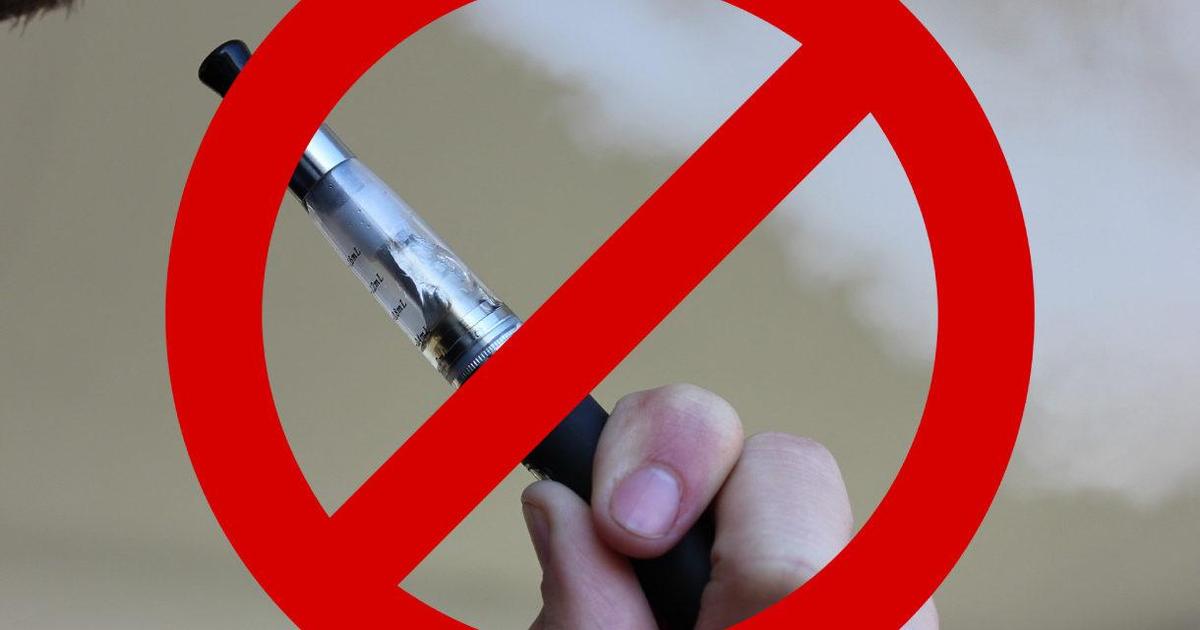Information and Resources About E-Cigarettes and Vaping
What is Vaping?
E-cigarettes, sometimes called "juuling," “e-cigs,” “vapes,”“e-hookahs,” “vape pens,” and “electronic nicotine delivery systems (ENDS)" are devices that produce an aerosol by heating a liquid that usually contains nicotine or marijuana, and other chemicals that help to make the aerosol. Users inhale this aerosol into their lungs.
The liquids that are vaporized come in many different flavors and might even smell fruity. For example, many of the flavors of these liquid concentrates, or ‘vape juices’, are sweet and even have names such as cinnamon rolls, marshmallow, grape, strawberry, bubblegum, lemonade and cookies.
Vaporizers/e-cigarettes come in all different shapes. Some common styles we see look like thick pens, stylus for an iPad, flash drive, or a small flask with a round chimney coming off the top. These devices are very small and can easily be hidden on a person or blend in with normal backpack items. Like cigarettes, stores cannot sell vaping items to people under the age of 18; however, students report that they purchase the devices online or buy from older siblings or other family members or friends.
Vapes, e-cigarettes are NOT SAFE for youth. The nicotine contained in these devices are known to harm adolescent brain development and is highly addictive to teens. According to research from the Center of Disease Control and Prevention, E-cigarettes are the most commonly used tobacco product among U.S. middle and high school students.
In fact, in 2018, 3.6 million middle school and high school students in the United States used a vape pen/e-cigarette in the past 30 days.
Myths and facts
Teens seem to be attracted to e-cigarettes for a lot of reasons including youth-oriented flavors and ease of use. Contrary to teen belief, e-cigarettes often contain trace metals, chemicals, and nicotine and are illegal for teens to purchase, possess or use.
What are the possible effects on teens?
- Nicotine addiction: Nicotine is highly addictive, and 90% of people who smoke started before they turned 18.
- Brain development changes: brains continue developing until ~age 25. Teens are more vulnerable to addiction because their brains are still developing.
- Mental health associations: Nicotine use is associated with an increase in mood disorders and poor impulse control.
- Exposure to harmful chemicals: even though e-cigarettes don’t contain tar or tobacco, they do contain trace metals and chemicals such as propylene glycol and diacetyl that have potential health effects.
Talk with Your Kids. Talking with your kids about vaping is one of the most important things you can do. The U.S. Surgeon General provides a Parent Tip Sheet here.
Flyers on Vaping